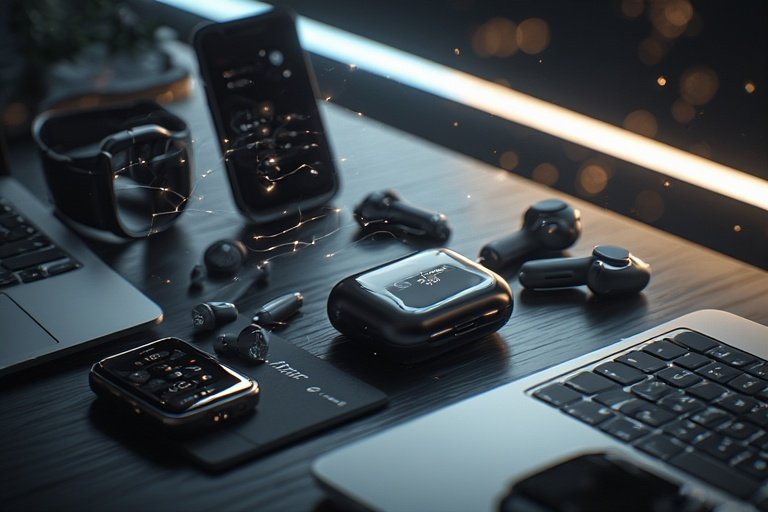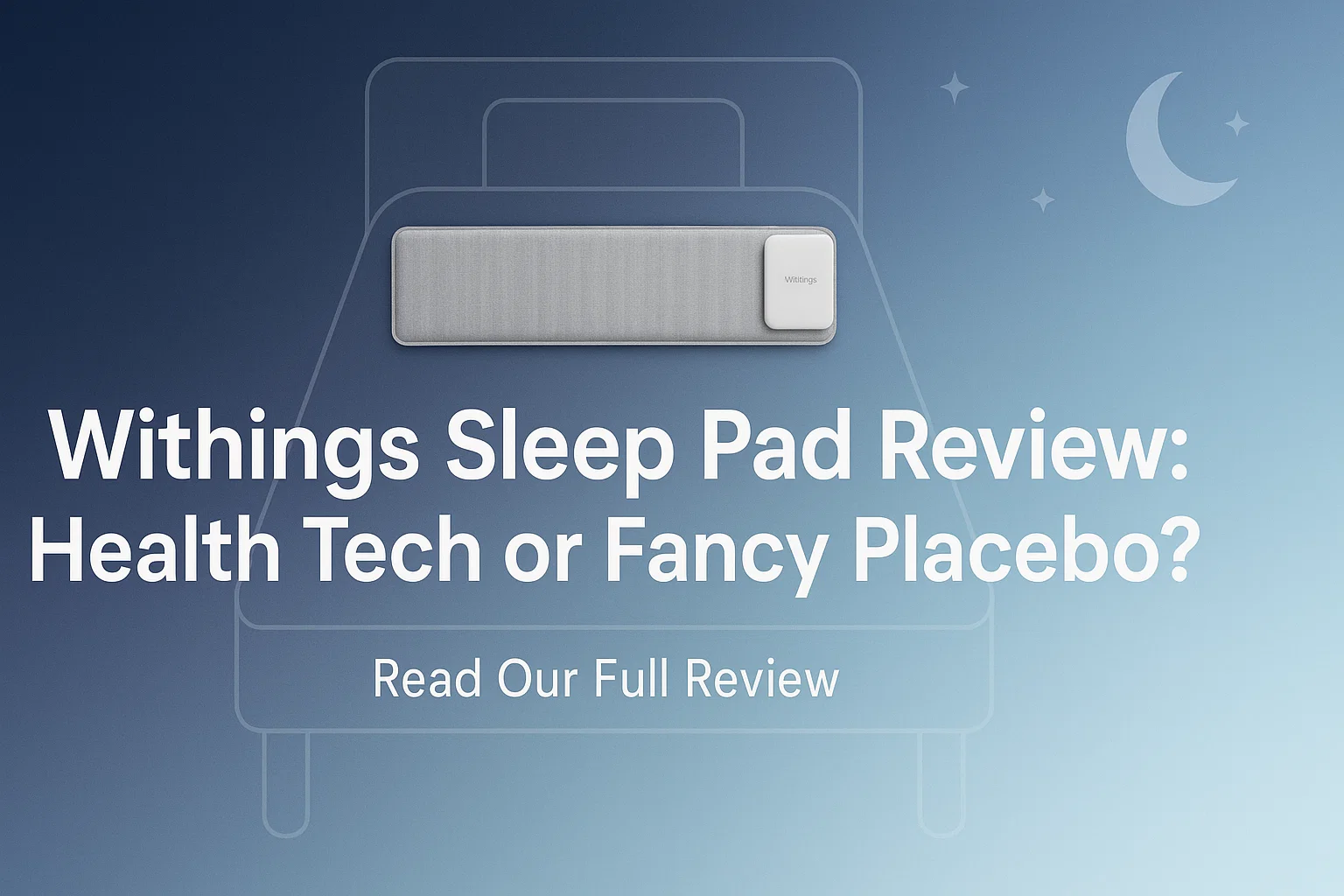Sleep is no longer just about a good mattress—it’s about data, diagnostics, and smart feedback. Enter the Withings Sleep Pad, a sleep tracking device you slip under your mattress to monitor your slumber. But does this sleek health tech really help you rest better—or is it just another gadget cashing in on wellness trends? Let’s dive into a full review of the Withings Sleep Pad to see whether it delivers real value or just bedtime hype.
🛏️ What is the Withings Sleep Pad?
The Withings Sleep Pad is a thin, flexible strip embedded with sensors that slides under your mattress. It tracks:
- Sleep cycles (light, deep, REM)
- Heart rate and breathing patterns
- Snoring detection
- Sleep duration and interruptions
- Sleep score and analysis in the Health Mate app
You don’t have to wear anything, charge it, or turn it on. Just lie down—and it does the rest automatically.
⚙️ Key Features & Specs
Here’s what the Withings Sleep Pad offers:
- One-time setup via Wi-Fi
- Works with any standard mattress
- Advanced pneumatic sensors
- Integrates with Apple Health & Google Fit
- Smart home compatibility via IFTTT
It also offers personalized tips for improving sleep and flags any irregularities in your breathing patterns that might indicate conditions like sleep apnea.
📊 Real-Time Sleep Analytics: Helpful or Overkill?
The app gives you a nightly sleep score out of 100 and a full graph of your sleep breakdown. The insights include:
- Sleep quality rating (based on time spent in each cycle)
- Time to fall asleep and wake up
- Interruptions and movement
While some users find this data transformative, others feel it may cause “sleep anxiety”—the pressure to “perform well” in bed, ironically making sleep worse.
🆚 How It Compares to Other Sleep Trackers
Let’s stack it up against two popular competitors: the Oura Ring and Fitbit.
| Feature | Withings Sleep Pad | Oura Ring Gen 3 | Fitbit Charge 6 |
| Contact-free | ✅ | ❌ (wearable) | ❌ (wearable) |
| Sleep cycle accuracy | High | High | Medium |
| Snoring detection | ✅ | ❌ | ❌ |
| Breathing analysis | ✅ | ✅ | ✅ |
| Price | Mid-range ($129) | High ($299) | Mid ($159) |
The Withings Sleep Pad wins on convenience—just plug and forget. But it lacks daytime metrics like activity and recovery that wearable trackers offer.
🌐 Smart Home Integration
If you’re into home automation, the Sleep Pad shines here. You can set routines like:
- Automatically dim lights when you get into bed
- Adjust smart thermostats
- Pause notifications
This makes it more than just a tracker—it becomes part of your wind-down ritual.
🔍 Is the Data Accurate?
In user tests, the Sleep Pad performs quite accurately when compared to polysomnography (the gold standard for sleep studies). However, it’s still a consumer-grade device, not a medical tool—so always double-check with a doctor for serious concerns.
💡 Who Should Buy It?
Get the Withings Sleep Pad if you:
- Hate wearing rings or watches to bed
- Want reliable, hassle-free sleep tracking
- Love data-driven health decisions
- Are building a smart home ecosystem
Skip it if:
- You already have a smartwatch or ring that tracks sleep
- You’re a frequent traveler (it’s not portable)
- You get anxious seeing daily sleep scores
📈 Trend Check: Is Sleep Tech the Future?
Sleep tech is booming in 2025, with more people turning to AI and data to improve sleep. Withings is capitalizing on this with an elegant, unobtrusive solution that fits into modern routines.
💬 Final Verdict: Smart Sleep or Just Slick?
The Withings Sleep Pad isn’t a placebo—but it’s not a miracle either. It’s a well-built device offering convenience, accuracy, and insightful feedback for those serious about improving their rest. For the right user, it’s a worthwhile investment—but if you’re not planning to act on the insights, it may just be a $129 nap assistant.
⭐ Score: 8.2/10 – Smart, subtle, and genuinely helpful (if you use the data).




